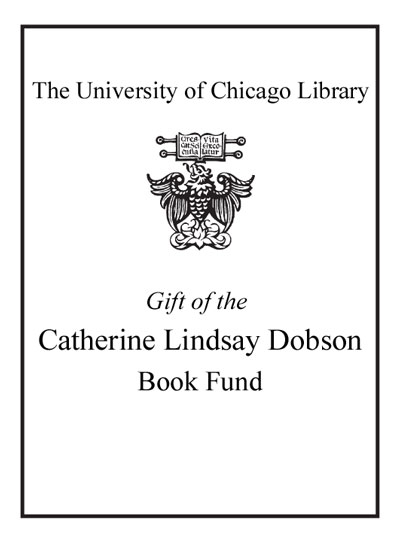| Summary: | An illustrated study of the early twentieth-century transformation from Expressionism to Constructivism and beyond in the Central European arts. Central European Avant-Gardes presents the first interpretive overview of the complex webs of interaction among the artists and intellectuals of early twentieth-century Central Europe. The key stylistic transformation of the period was from Expressionism to Constructivism, as artists and writers, against a volatile background of war and revolution, saw the opportunity literally to construct a new world through their work. The borders between the visual arts, photography, film, architecture, poetry, and typography were obliterated, as artists sought to transcend the forces of traditionalism to forge an elemental visual language that would overcome national and linguistic boundaries. Yet at the same time that these artists advocated pluralism and unity, their work engaged issues such as nationalism and tradition that still resonate in artistic circles today.<br> The book, which accompanies a major exhibition organized by the Los Angeles County Museum of Art and curated by Timothy Benson, assisted by Monika Krol, is arranged around events and situations rather than by linear, art historical categories. It features hundreds of color plates and reproductions of documents; discussions of movements from Artificialism to Zenitism; essays on figures, publications, and exhibitions; and shorter "city views" of Belgrade, Berlin, Bucharest, Budapest, Cracow, Dessau, Ljubljana, e dz, Poznan, Prague, Vienna, Warsaw, Weimar, and Zagreb.<br>
|
|---|

